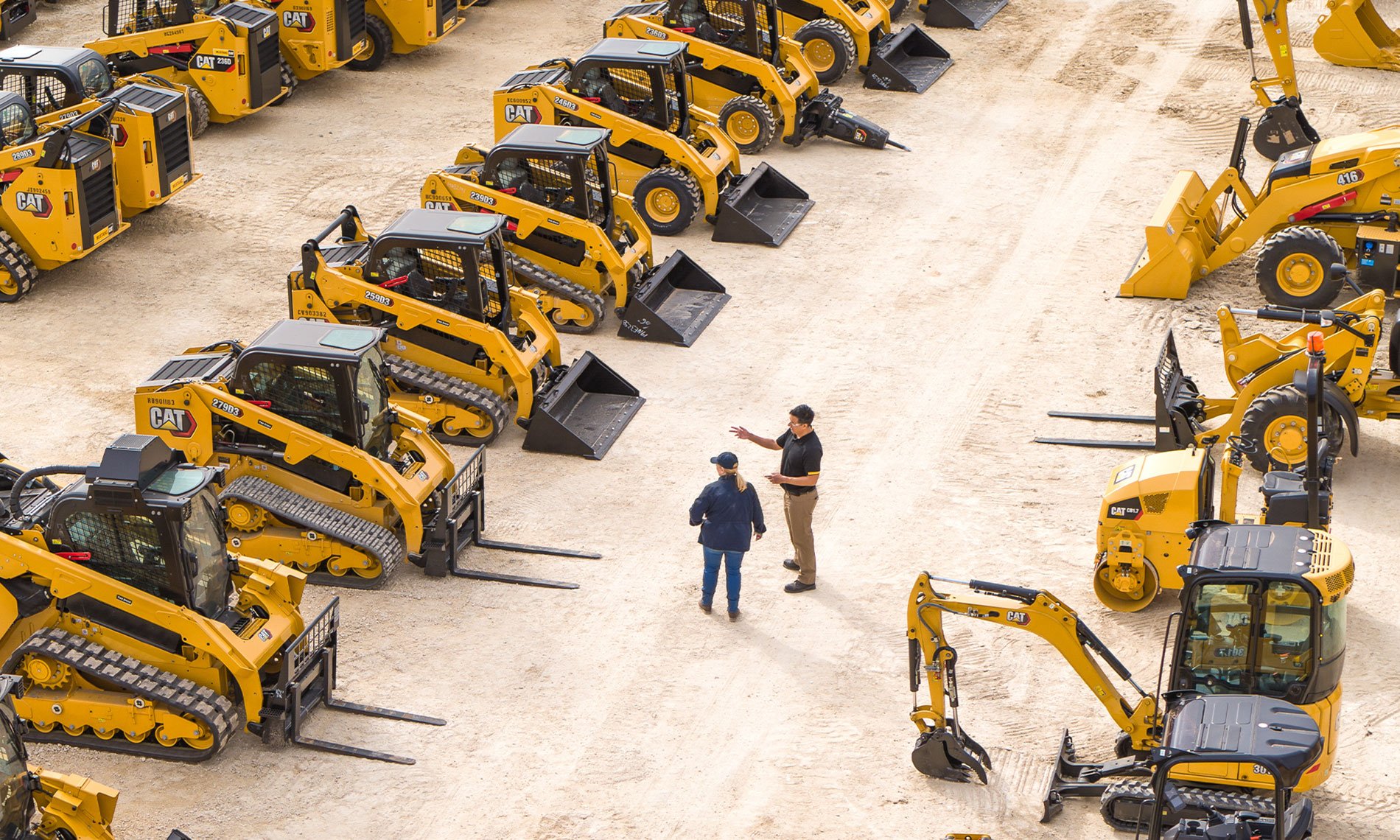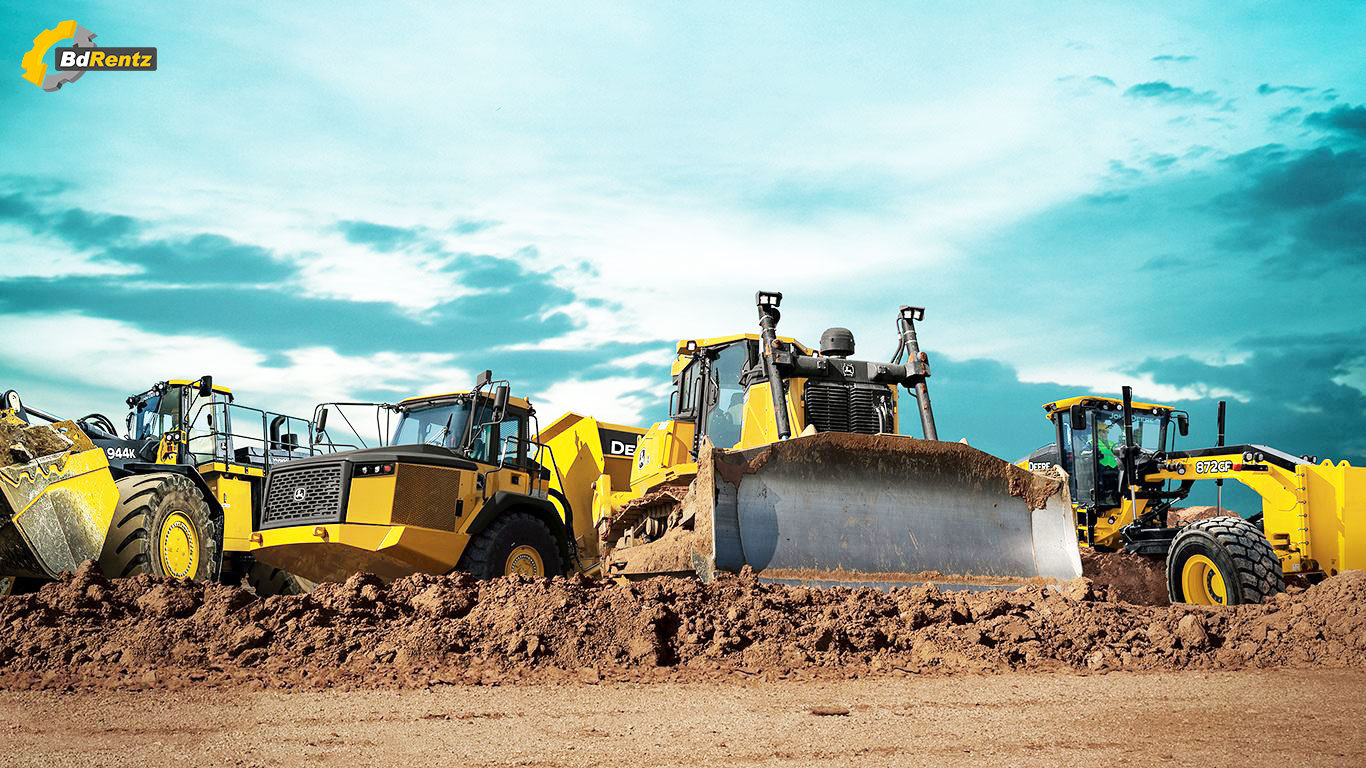Boom Lift Rental: Economical and Reputable Lifts for Any Work
Boom Lift Rental: Economical and Reputable Lifts for Any Work
Blog Article
Maximize Your Budget Plan by Comprehending the Costs Related To Construction Equipment Services
Understanding the complete scope of costs connected with building tools services is crucial for maximizing your spending plan. What techniques can be employed to properly handle these expenses and make sure a more reliable rental experience?
Overview of Rental Expenses
When considering building devices rentals, understanding the connected costs is extremely important for effective budgeting and task preparation. Rental costs can vary substantially based upon a number of aspects, including equipment type, period of service, and area. The first rental charge commonly mirrors the tools's market demand and its connected operational capabilities, affecting the general cost.
Along with the base rental price, secondary prices may arise, such as transport costs, gas additional charges, and maintenance fees. It is important to account for these additional expenditures to accurately evaluate the complete price of renting out devices. The rental period can impact rates; longer leasings might qualify for discounted prices, while short-term rentals might sustain higher daily costs.

Malfunction of Rental Rates
A comprehensive understanding of rental rates is important for service providers and project managers aiming to optimize their spending plans. Rental rates for building and construction tools generally contain several components, consisting of base rates, time-based charges, and usage charges.
Base rates are the core charges connected with the leasing of the equipment, usually established by the kind and size of the machinery. These rates can differ considerably, affected by factors such as tools demand, availability, and regional market trends. Time-based costs, which might be daily, weekly, or monthly, offer to fit various task timelines and rental durations.
Furthermore, rental prices may consist of usage charges, which are relevant when devices is utilized past a defined threshold, ensuring that the rental business can make up damage. Seasonal need changes can also affect rental rates, with peak building and construction seasons normally commanding higher rates.
Additionally, recognizing the rental firm's plans pertaining to maintenance and insurance coverage can supply additional understanding right into the overall price structure. By examining these parts, contractors can make educated choices, making sure the selection of rental tools aligns with both job requirements and budget plan restrictions.
Extra Charges to Consider
Comprehending the details of added costs is critical for professionals to handle their total leasing expenditures efficiently. Past the standard rental rates, numerous auxiliary charges can significantly influence the total price of devices service. These fees usually consist of delivery and pick-up costs, which can vary based upon range and logistics associated with transferring the equipment to and from the job website.
In addition, some rental firms may impose gas additional charges if the equipment is returned with much less fuel than when leased. It is also necessary to know possible cleansing costs, especially for customized devices that needs detailed upkeep after use.

Completely assessing the rental contract and clarifying these extra fees upfront can help contractors ensure and prevent unforeseen costs that budget plans continue to be intact throughout the job lifecycle.
Repair And Maintenance Expenditures
Normal upkeep and fixing costs are typically ignored elements that can significantly affect the general price of building tools rentals. When renting equipment, it is essential to think about not just the rental costs yet also the prospective prices linked with maintaining the machinery in optimum operating problem.
Lots of rental firms consist of fundamental maintenance as component of the rental contract; nonetheless, more unexpected malfunctions or considerable fixings can lead to additional expenses. It's necessary to evaluate the rental contract carefully to comprehend what upkeep solutions are covered and what responsibilities drop on the occupant.
In addition, tools that is not properly maintained can lead to ineffectiveness on the job site, possibly increasing and causing hold-ups job prices. To reduce these threats, it is a good idea to conduct normal assessments and keep open interaction with the rental supplier relating to any issues that develop throughout use.
Insurance and Obligation Costs
Insurance policy and responsibility costs are crucial parts that can significantly influence the total cost of construction devices rentals (scissor lift rental). These costs make certain that both the rental company and the client are shielded from possible economic losses occurring from crashes, damages, or theft throughout the rental duration

Additionally, clients should understand any kind of deductibles or exclusions in the insurance coverage, as these can impact possible out-of-pocket expenses. Recognizing the terms and conditions of any kind of insurance policy coverage is important to stay clear of unforeseen costs. Inevitably, budgeting for insurance and obligation costs can help make sure a smoother rental experience and shield versus economic dangers connected with construction tasks.
Conclusion
In final thought, a detailed understanding of the expenses linked with building and construction devices leasings is important for efficient budget plan administration. Inevitably, educated decision-making pertaining to tools services contributes to the overall success of construction endeavors.
Rental prices can vary considerably based on numerous aspects, including equipment type, period of leasing, and place (boom lift rental). The rental duration can affect prices; longer rentals might qualify for affordable prices, while short-term rentals could incur higher day-to-day fees
By carrying out detailed research and involving with trustworthy rental business, service providers can successfully navigate the complexities of rental rates, ultimately optimizing their financial resources.
Past the basic rental prices, various go to this web-site supplemental costs can considerably influence the total expense of tools rental. Rental business usually offer Look At This obligation insurance that covers injuries to third events or damage to property, while devices damages insurance can cover the expense of fixings or industrial tool rental near me replacement if the rented devices is harmed.
Report this page